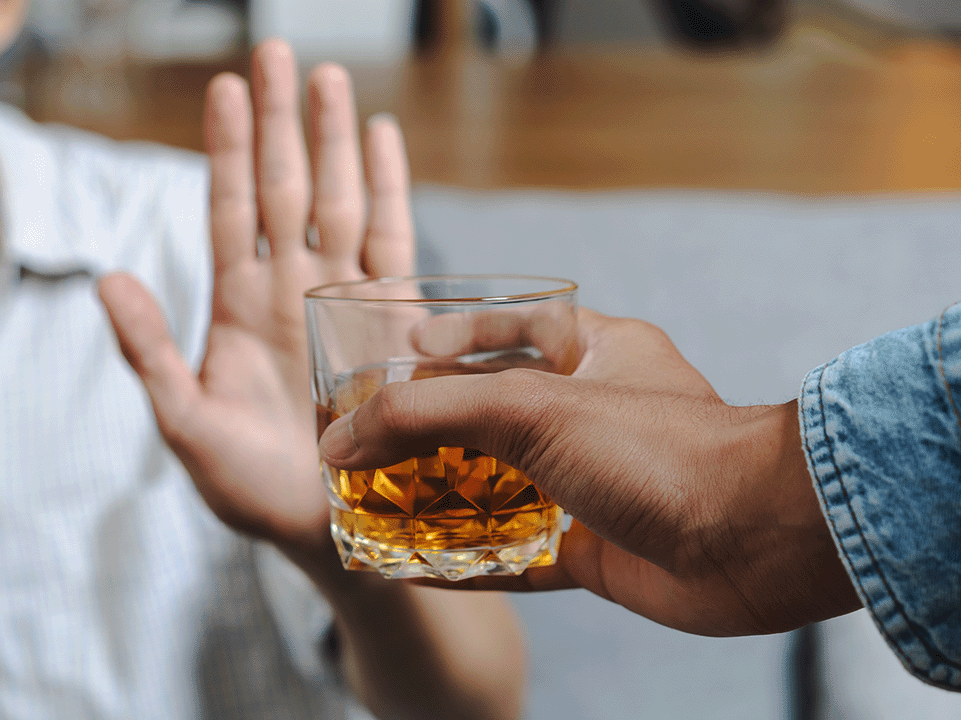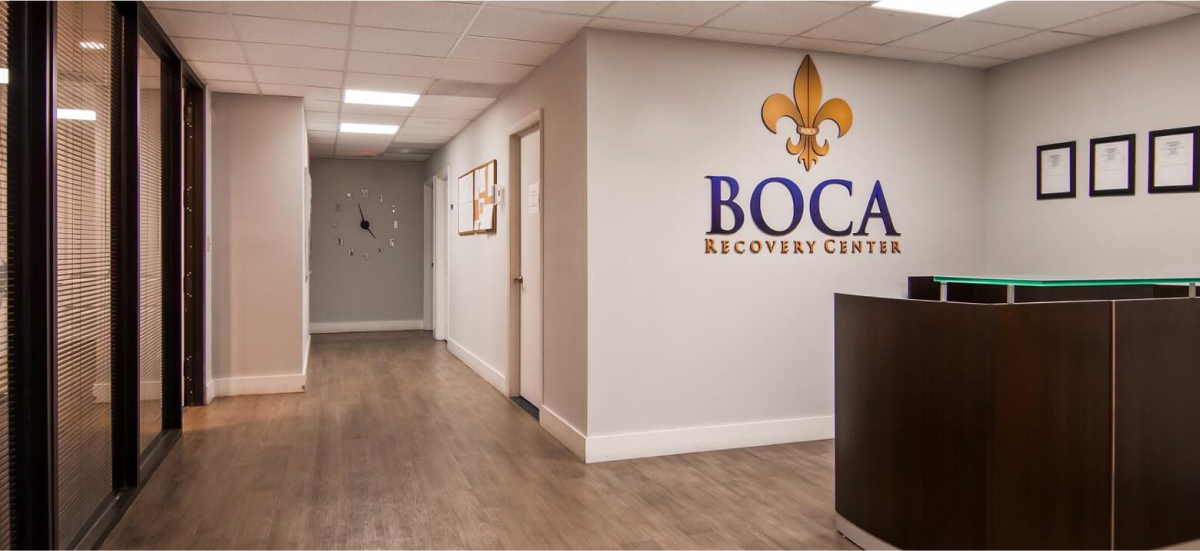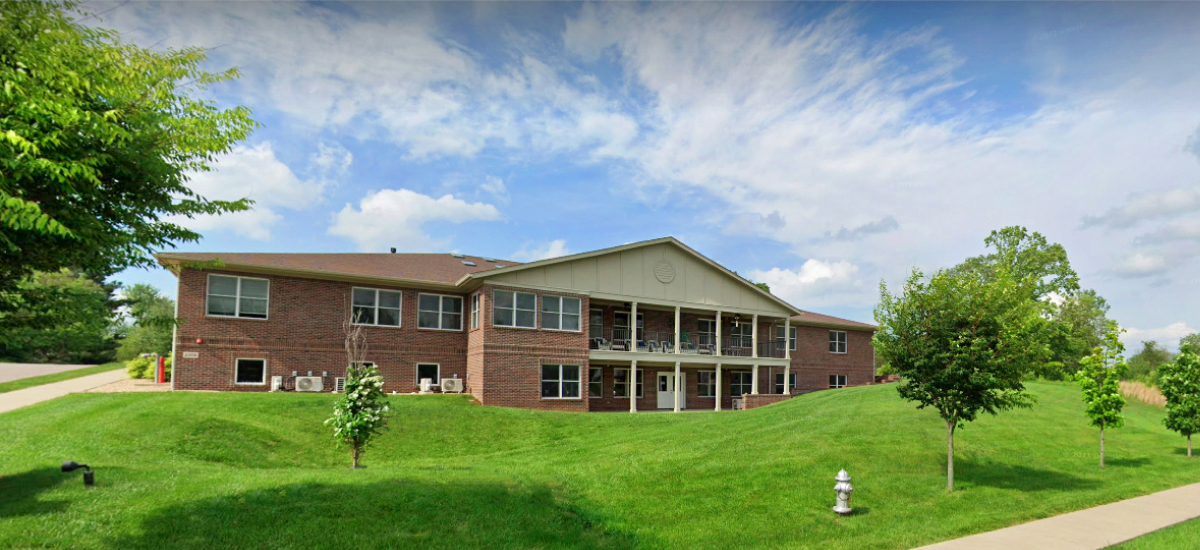Alcohol is a type of drug, and it falls under the drug category of central nervous system (CNS) depressants. [1] Even though drinking may cause some people to feel euphoric and excitable, alcohol is still a depressant and slows respiratory and heart rates. [2]
Some people may not consider alcohol to be a drug because it is legal and consumption is normalized in society. Others might think alcohol is not a drug because of the common phrase “drugs and alcohol,” which makes it sound like they are different.

What is a Depressant?
A central nervous system depressant is also known as a sedative. These substances can initially make you feel relaxed, calm, and mellow. [1] Alcohol belongs to this drug classification, meaning that it slows brain and central nervous system functioning. Other drugs that belong to this category include benzodiazepines, barbiturates, opioids, Ambien, Lunesta, Sonata, GHB, and more.
At higher doses, depressants can have negative effects, causing drowsiness, slowed breathing and heart rate, inability to focus, nausea, vomiting, unconsciousness, and overdose. With regular use and at high doses, depressants can be dangerous and addictive.[2]
Why is Alcohol Considered a Drug?
Alcohol is considered a drug because it is a substance that alters the mind and body. It is used recreationally for desired effects like euphoria and relaxation.
If Alcohol is Considered a Drug, Why Isn’t it Illegal?
Firstly, not all drugs are illegal—in fact, many are legal with or without prescriptions and are used for medical purposes. Alcohol is a unique drug because it doesn’t have a medical use and is used recreationally.
While alcohol is legal for people ages 21 and over in the United States, it is illegal in many other countries, such as Afghanistan, Pakistan, Iran, and more. The U.S. once banned alcohol, during Prohibition, which lasted from 1920 to 1933. Prohibition was ultimately repealed because illegally-made alcohol was dangerous to drink, organized crime increased significantly, jails and courtrooms overflowed, and the government needed the tax revenue from legalized alcohol.
How Does Alcohol Compare to Other Drugs?
Just because alcohol is legal doesn’t mean drinking is always safe. In some ways, alcohol can be even more dangerous than many other drugs. Here is how alcohol measures up against other drugs: [14], [15], [16]
Alcohol is the most commonly used addictive substance in the United States.
Problematic drinking can cause more than 200 diseases and conditions.
About 3 million deaths each year are caused by harmful drinking, compared to about 480,000 caused by opioids.
Alcohol withdrawal syndrome is among the most dangerous forms of withdrawal (along with other depressants like barbiturates).
Alcohol is the most socially acceptable psychoactive drug in the United States.
Like other sedatives, excessive alcohol use can lead to alcohol poisoning or overdose.
Side Effects of Alcohol Use
Drinking alcohol can cause many adverse effects, including: [2]
Slurred speech
Impaired judgment
Mood swings
Reduced inhibitions
Inappropriate sexual or aggressive behavior
Coordination problems
Loss of motor control
Memory and attention issues
Stupor or coma
How Alcohol Affects Your Brain and Body
With high levels of regular consumption, alcohol can take a big toll on your body’s health. While it may not be immediately obvious, the effects become more pronounced over time. [4]
Alcohol affects the brain, heart, liver, pancreas, and immune system. It can increase cholesterol levels, boost blood pressure to unhealthy levels, and increase the risk of cancer.
Overall, drinking too much alcohol creates both short-term and long-term problems that pose a threat to health and overall well-being. [3]
Brain Impact
Alcohol interferes with how the brain perceives, processes, and relays information. It can change your moods, behaviors, thinking, and physical coordination. [4]
Heart Impact
Drinking too much in one sitting or over some time can cause various cardiac problems, such as these:[4]
Irregular heartbeat
Drooping of the heart muscle, called cardiomyopathy
Elevated blood pressure
Increased risk of stroke
Liver Impact
Alcohol use shows up in how well or how poorly your liver functions. High-level alcohol consumption can cause many serious liver issues, such as these:[4]
Fatty liver
Hepatitis
Liver fibrosis
Cirrhosis
Alcoholic liver disease
Pancreas Impact
Alcohol can wreak havoc on the pancreas, creating a toxic foundation for inflammation and swelling.[4]
Immune Impact
If you drink too much on a single occasion, your body’s immunity is lowered. If you drink too much on a chronic basis, your immune response is weakened overall. For example, compared to non-drinkers, heavy drinkers are more at risk of getting pneumonia, tuberculosis, and acute respiratory distress syndrome. [17]
Cancer Risk
Alcohol consumption has been scientifically linked to various types of cancer. It is listed by the National Toxicology Program of the United States Department of Health and Human Services as a known carcinogen (cancer-causing agent). [6]
According to the CDC, drinking alcohol raises the possibility of getting cancer of the voice box, mouth and throat, esophagus, liver, colon and rectum, and breasts in women. [7]
The more you drink, the greater your risk of developing cancer. If you drink less, your risk is lower. If you never start drinking in the first place, your risks are even lower.
Drug Interactions With Alcohol
Alcohol is not always taken on its own. Often, alcohol consumption is accompanied by the use of another drug.
Combining alcohol and drugs can be dangerous, leading to extremely unpredictable results. This is true for both prescribed drugs and over-the-counter drugs.
Depressants
Sometimes, depressant drugs like benzodiazepines or GHB are taken in combination with alcohol. If you have a drink while taking another depressant, such as Xanax or Valium, you are taking a big risk.
The combination of alcohol and a benzodiazepine can result in enhanced side effects from both substances, such as increased sedation, memory issues, hostile behavior, and headaches.
The mixture of alcohol and benzodiazepines can cause your heart rate to drop and slow your breathing, increasing the risk of an overdose. A 2018 study showed that alcohol can increase the toxicity potential of alprazolam (Xanax), leading to overdose more easily. [5]
Opioids
Drinking alcohol while taking opioids, such as Vicodin or Percocet, can result in a life-threatening overdose.
The combination can slow breathing to dangerous levels, lower blood pressure and heart rate, and result in unconsciousness. This can lead to coma and even death.
If overdose is suspected, naloxone (Narcan) should be administered promptly. It is a lifesaving medication that can reverse an opioid overdose temporarily.
Stimulants
When stimulants like cocaine or Adderall are taken with alcohol, they conceal some of alcohol’s depressant effects. As a result, a person might drink far more than they normally would, leading to alcohol poisoning.
People who combine these two substances may experience substantial impairment, blackout, or overdose.


What Happens When You Drink Alcohol Every Day?
Signs of Alcohol Addiction
If you drink regularly, you are more likely to develop a tolerance. This means that you will eventually need to drink more to experience the desired effects like intoxication.
As your tolerance grows, you may drink more often and in greater amounts. With increased alcohol consumption, your body may begin to develop a dependence on alcohol, which means you need it to function optimally. Those who are dependent on alcohol will experience distressing and potentially dangerous withdrawal symptoms when they stop drinking.
You may start drinking earlier in the day. You might notice that you are organizing your day around when you can drink alcohol. You may begin hiding your drinking to avoid questions about it.
Psychologically, you could find that you have an urge to drink in specific environments. This could be a neighborhood bar, restaurant, or your own home. You may seek out environments where drinking is expected, such as wine tastings, parties, or social events.
If you notice that your daily, weekly, and monthly calendar is defined by drinking, this can signal a problem. You may be craving alcohol and fostering dependence on drinking with other activities.
Here are some additional warning signs that you may have an alcohol addiction or alcohol use disorder:
You sometimes black out when you drink.
You find excuses to drink even when it has negative effects in your life.
You prioritize drinking over other important commitments.
You drink in secret or lie about your drinking.
You drink first thing in the morning.
You only hang out with people who drink.
You isolate yourself from loved ones to drink instead.
You don’t feel right when you aren’t drinking.
If you are experiencing some of these symptoms, it’s a sign that you may have a problem with alcohol.
When to Seek Help for Alcohol Abuse
If you are concerned about your drinking or have tried to cut back without success, it’s time to seek help. If you have been drinking for a while at high levels, it’s not safe to simply stop suddenly due to the risk of complicated withdrawal. You may need medical detox services for alcohol withdrawal and comprehensive alcohol addiction treatment. Contact us at Boca Recovery Center to learn more about our inpatient programs and how we can help you on the road to recovery.
- Types of Drugs. United Nations Office on Drugs and Crime.
- Diagnostic and statistical manual of mental disorders (5th ed.). American Psychiatric Association. (2013).
- Excessive Alcohol Use. (April 2022). Centers for Disease Control and Prevention.
- Alcohol’s Effects on the Body. National Institute on Alcohol Abuse and Alcoholism.
- Influence of Ethanol on the Metabolism of Alprazolam. (June 2018). Expert Opinion on Drug Metabolism & Toxicology.
- Alcohol and Cancer Risk. National Cancer Institute.
- Alcohol and Cancer. Centers for Disease Control and Prevention.
- Impaired Driving: Get the Facts. Centers for Disease Control and Prevention.
- Depressants. Alcohol and Drug Foundation.
- The Effects of Combining Alcohol with Other Drugs. University of Michigan.
- Timing of Alcohol and Other Drug Use. (2008). Alcohol Research & Health.
- Alcohol Alert. National Institute on Alcohol Abuse & Alcoholism.
- Alcohol Interactions With Psychostimulants: An Overview of Animal and Human Studies. (June 2016). Journal of Addiction Research and Therapy.
- Comparisons of alcohol and other drugs: experience from the WHO Collaborative Cross-Cultural Applicability Research (CAR) Study. Gureje, O., Vazquez-Barquero, J. L., & Janca, A. (1996). Addiction (Abingdon, England), 91(10), 1529–1538.
- Alcohol. World Health Organization. (2022).
- Opioid Overdose. World Health Organization. (2023).
- Alcohol’s Effects on Lung Health and Immunity Simet, S. M., & Sisson, J. H. (2015). Alcohol research : current reviews, 37(2), 199–208.












